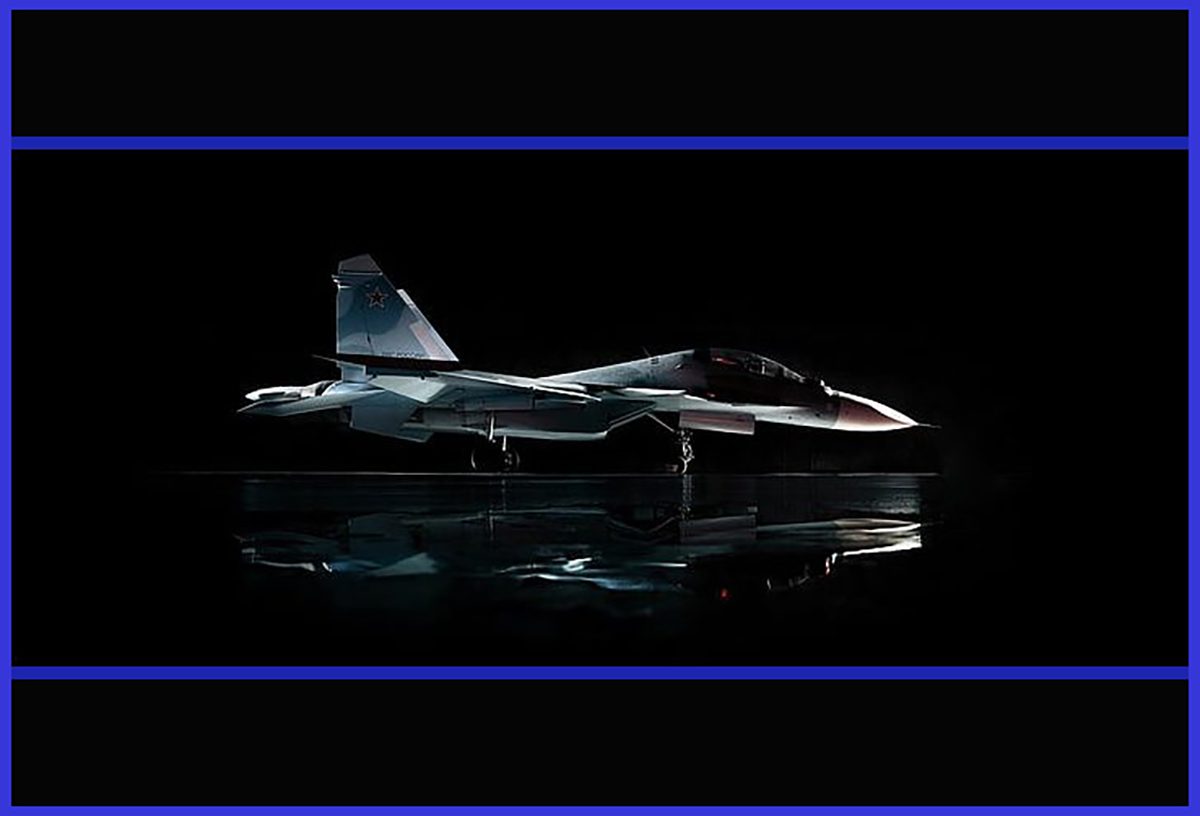With its exceptional performance and relentless pursuit of innovation, the Su-35 fighter sets new standards in aerial supremacy. Let’s Explore The Technologically Advanced Su-35 Fighter, representing the pinnacle of aerial combat technology. With cutting-edge features and formidable capabilities, the Su-35 (NATO designation “Flanker-E”) embodies power, precision, and dominance in the skies. It is a single-seat, twin-engine, super-maneuverable aircraft designed and built by the Sukhoi Design Bureau.
The Su-35 is the designation for two improved derivatives of the Su-27 air-defence fighter. At the heart of the Su-35’s power lies its state-of-the-art avionics system, equipped with advanced radar and sensor technologies. This fighter jet possesses unparalleled situational awareness, enabling it to detect and engage targets with unmatched accuracy. The Su-35’s advanced avionics enhance its combat capabilities, providing pilots with critical information and precise targeting capabilities.
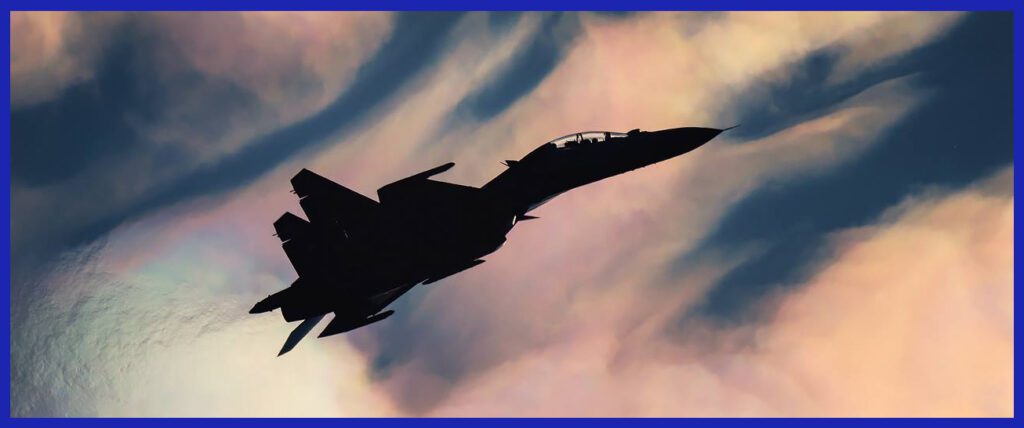
The Su-27M was the initial name of the type, created by the Soviet Union from the Su-27. Equipped with canards and a multipurpose radar, it possessed multirole capabilities. In June 1988, the initial prototype successfully completed its first flight. Following the fall of the Soviet Union, Sukhoi re-designated it as the Su-35 to attract foreign orders. Among the fourteen aircraft built for tests and demonstrations, one was later renamed Su-37 and featured thrust-vectoring engines. However, its awe-inspiring agility is another testament to its technological superiority. With thrust-vectoring engines, this fighter jet can perform extraordinary manoeuvres, including acrobatic aerial displays and rapid evasive actions. It effortlessly combines brute force with graceful finesse, showcasing unparalleled control and responsiveness.
The Su-35’s arsenal is equally impressive, boasting an array of devastating weaponry, including advanced air-to-air and air-to-ground missiles. This ensures its versatility in any combat scenario, allowing the Su-35 to neutralize threats swiftly and decisively. Furthermore, the Su-35 features a robust airframe and cutting-edge materials that provide exceptional durability. These advancements reduce its radar signature and enhance its survivability in hostile environments.

The Concept Behind The Development Of The Su-35
The construction of the Su-35 began in the late 1980s as an upgrade to the Su-27, a highly successful Soviet-era fighter jet. The design process involved integrating advanced technologies and improving upon the Su-27’s already formidable capabilities. The construction of the Su-35 focused on enhancing manoeuvrability, avionics, and weapons systems to meet the demands of modern aerial warfare in comparison to NATO standards To achieve superior performance.
The Su-35 features a lightweight composite airframe, reinforced with carbon fibre and titanium alloys. The fuselage and wings were meticulously designed for aerodynamic efficiency and structural integrity. Throughout the construction process, strict quality control measures were implemented to ensure compliance with design specifications. The completed aircraft underwent extensive ground testing and flight trials to validate its performance, handling characteristics, and systems functionality.

The construction of the Su-35 represented a significant advancement in fighter jet technology, pushing the boundaries of aerial combat capabilities. Its completion marked a new chapter in the legacy of Sukhoi aircraft, solidifying its reputation for delivering sophisticated and powerful fighter jets.
The Exact Design Analysis Of The Sukhoi Su-35
The Sukhoi Su-35 is a highly sophisticated fighter jet that showcases a meticulously designed aerodynamic configuration to achieve superior performance and combat capabilities. Here is an analysis of its key design features:
Canard-Delta Configuration: The Su-35 utilizes a canard-delta wing configuration, featuring small forward-swept wings (canards) alongside the main delta wings. This design significantly improves manoeuvrability, enhances control at high angles of attack, and facilitates shorter takeoff and landing distances. While the Su-27 and Su-27M share a blended wing-body design, the Su-27M is visibly set apart from the basic version by the inclusion of canards, serving as small lifting surfaces situated ahead of the wings.
The canards were first tested in 1985 using an experimental aircraft. In combination with the reshaped wing leading-edge extension, they redirect the airflow to eliminate buffeting at high angles of attack and enable the airframe to sustain 10-g manoeuvres ( compared to 9 g on the Su-27 ) without requiring additional structural reinforcement.
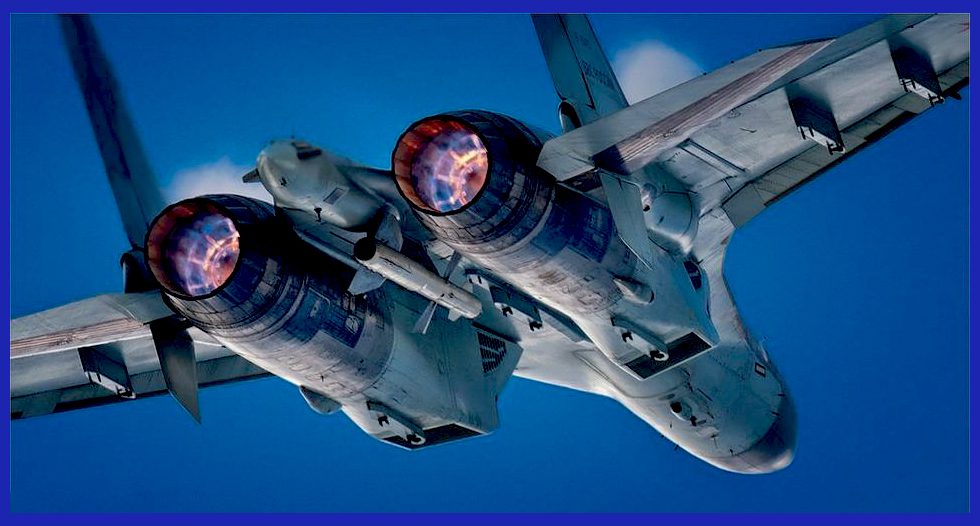
Airframe: The Su-35 boasts a sleek and streamlined airframe constructed mainly from lightweight composite materials. This design enhances manoeuvrability, reduces weight, and improves fuel efficiency while maintaining structural integrity. Moreover, when combined with the relaxed-stability design and the accompanying fly-by-wire flight-control system, the aerodynamic layout significantly enhances the aircraft’s manoeuvrability. It enables the Su-35 to briefly fly with its nose past the vertical while maintaining forward momentum.
In theory, during combat, the Su-27M pilot could execute a rapid pitch of up to 120 degrees in less than two seconds, enabling swift engagement with the target using missiles. Notably visible alterations, when compared to the Su-27 design, encompass taller vertical tails, provisions for in-flight refuelling, and the implementation of a two-wheel nose undercarriage to accommodate the heavier airframe.

Thrust-Vectoring Engines: The Su-35 is outfitted with robust engines that incorporate thrust-vectoring nozzles. These nozzles possess the ability to independently direct the engine’s exhaust, granting the aircraft superior manoeuvrability, heightened agility, and the capacity to execute intricate aerial manoeuvres. During the examination of thrust-vectoring engines using the Su-27M’s aerodynamic layout, Sukhoi determined that eliminating canards – which added weight to the airframe – could be compensated for by implementing thrust-vectoring nozzles.
Additionally, advancements in avionics and radars have led to reduced weight and size of such components, shifting the aircraft’s centre of gravity rearward. As a result, designers removed the canards (along with the dorsal air brake) found on the Su-27M, and also reduced the size of the vertical tails, aft-cockpit hump, and tail boom. These changes, combined with increased use of aluminium, titanium alloys, and composites, resulted in a reduction in the aircraft’s empty weight while maintaining a similar maximum take-off weight to the Su-27M.
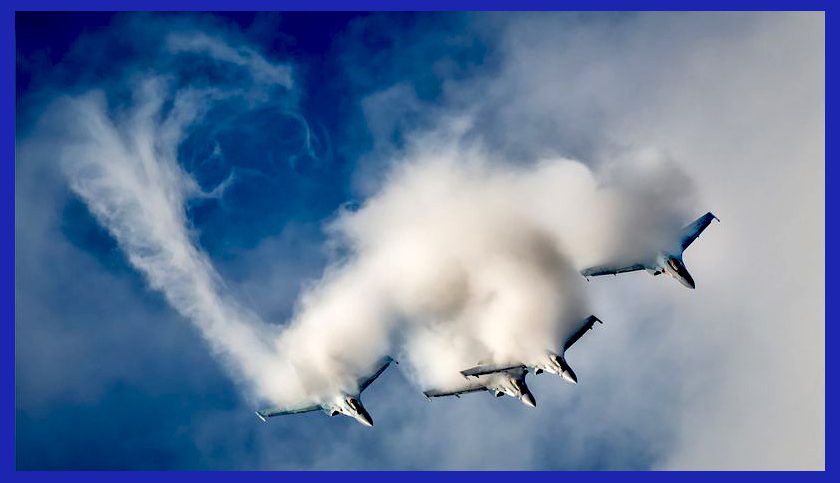
The Su-35 is propelled by two Saturn AL-41F1S turbofan engines, which represent a significantly enhanced version of the AL-31F and share close similarities with the Saturn AL-41F1 utilized in the Su-57, differing mainly in their engine control systems.
The Su-35 is outfitted with engines equipped with thrust-vectoring nozzles, featuring rotational axes canted at an angle. This design enables the aircraft to generate roll and yaw by independently vectoring each engine nozzle, while pitch operations are conducted in one plane. This particular configuration was initially observed on the Indian Su-30MKI and is also employed on the Su-57.
The Su-35’s thrust-vectoring system, along with its integrated flight- and propulsion-control systems, enables the aircraft to achieve “supermaneuverability.” This capability allows the aircraft to perform post-stall manoeuvres at low speeds. It is worth noting that this differs from Western air combat doctrine, which places more emphasis on maintaining a fighter aircraft’s kinetic energy.
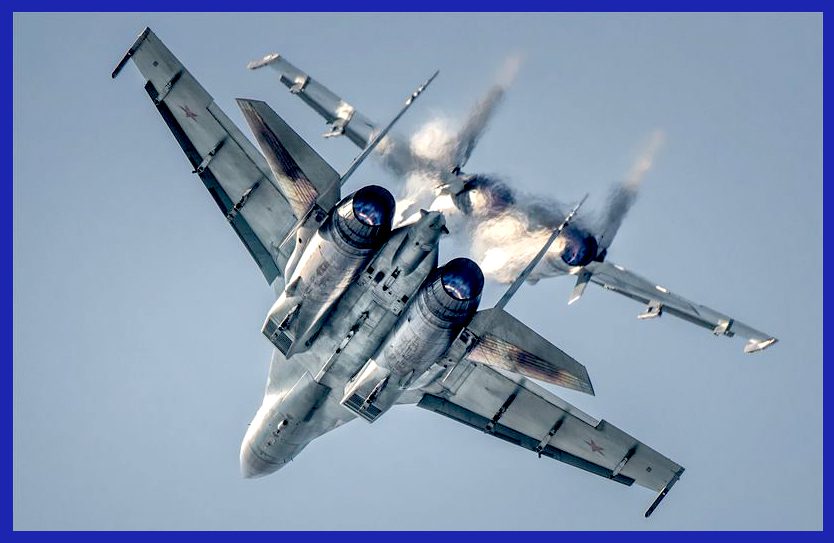
Avionics and Sensors: The Su-35 incorporates a state-of-the-art avionics suite, including advanced radar systems, electronic warfare equipment, and multiple sensors. These cutting-edge technologies provide superior situational awareness, target detection, and tracking capabilities, enabling the pilot to make informed decisions in real-time combat scenarios.
In the Su-27M’s design phase, the aircraft was initially classified as a multi-role fighter. However, when conducting flight tests with the Russian Air Force, challenges arose in effectively deploying the aircraft’s armament. Aviation Week & Space Technology reported that Air Force pilots described weapons trials in Akhtubinsk and Lipetsk as a “negative experience,” primarily due to the cockpit layout and its impact on the single pilot’s workload. To address these concerns, designers, test pilots, and avionics software specialists worked together to redesign the cockpit and its associated systems, with the goal of enhancing the human-machine interface.
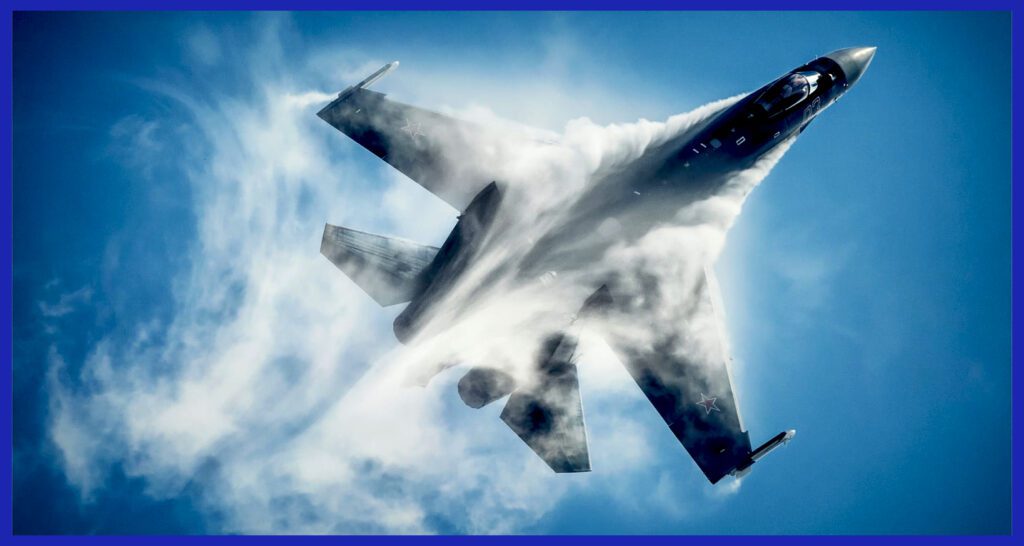
The avionics suite of the aircraft underwent modifications, adding two digital processors that process data from the flight and weapons control systems. The two 9 in 12 in (23 cm 30 cm) multi-function liquid crystal displays, which took the place of the smaller multi-function cathode ray tube displays present on the Su-27M, are then used to display the processed data. Additionally, the pilot has HOTAS controls and the ability to examine crucial flight data on the head-up display.
Cockpit and Controls: The cockpit of the Su-35 is ergonomically designed, placing emphasis on pilot comfort and usability. It features modern multifunctional displays, a hands-on throttle and stick ( HOTAS ) system, and a helmet-mounted display, allowing the pilot to efficiently access critical information and control the aircraft.
The Su-35 is equipped with the N035 Irbis-E (“Snow Leopard”) passive electronically scanned array (PESA) radar, an upgraded version of the N011M radar tested on Su-27M platforms. This radar serves as the central component of the Su-35’s weapons-control system and is capable of detecting aerial targets up to 400 km (250 mi) away, tracking thirty airborne targets, and engaging up to eight targets simultaneously. Furthermore, the multi-function radar can generate high-resolution ground images using synthetic aperture mode.
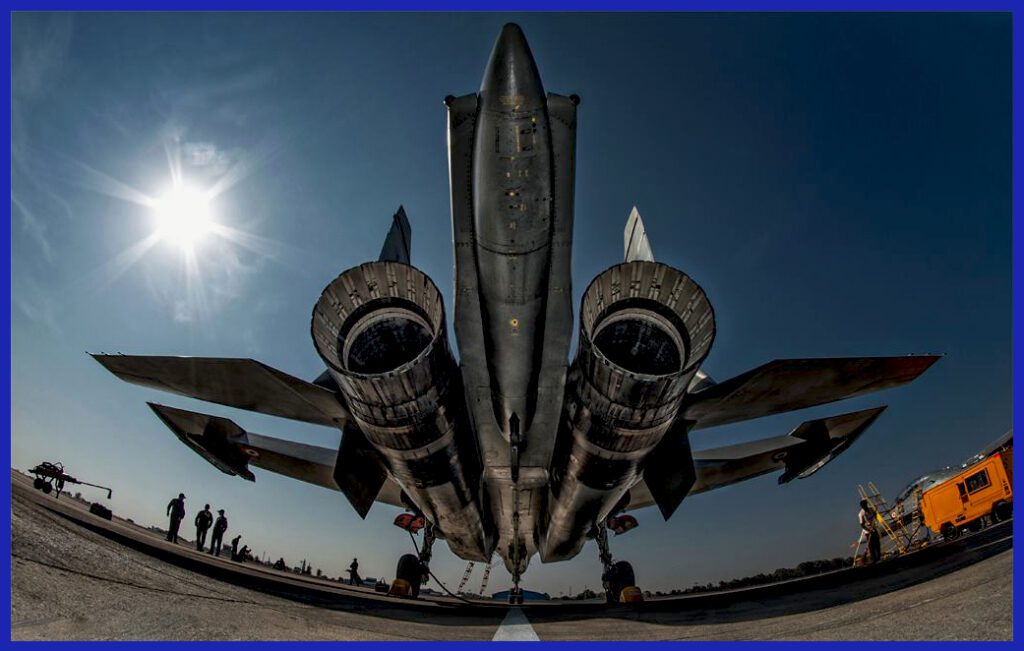
To enhance tracking capabilities, the aircraft is equipped with an OLS-35 optoelectronic targeting system located ahead of the cockpit, enabling infrared search and track functions. For defence against enemy tracking, the Su-35 is equipped with the L175M Khibiny-M electronic countermeasure system.
The Su-35 is a multi-role aircraft with an arsenal that includes air-to-air missiles with a maximum range of 300 kilometres (190 miles). It can also carry a variety of air-to-ground weapons as well as powerful anti-ship cruise missiles like the Oniks.
Weapons Systems: The Su-35 is outfitted with a variety of air-to-air and air-to-ground armaments, such as guided missiles, rockets, and bombs. The aircraft’s design seamlessly incorporates these armaments, giving the pilot a wide range of devastating combat options.
For air-to-air engagements, the Su-35 can deploy medium- and long-range missiles, such as the R-27, R-77, and R-37, which have different engagement ranges and capabilities. These missiles are guided by the aircraft’s sophisticated radar systems and avionics, enabling the pilot to detect, track, and engage enemy aircraft at extended distances.

In the air-to-ground role, the Su-35 can carry a variety of guided bombs, rockets, and missiles. It is capable of deploying precision-guided munitions, such as the KAB series of guided bombs and the Kh-59MK and Kh-31P anti-ship missiles, which can strike targets with high accuracy.
Additionally, the Su-35 is equipped with an electronic countermeasure system, the L175M Khibiny-M, which helps to protect the aircraft from enemy radar and missile threats. The use of radar-absorbent materials on the aircraft’s structure further reduces its radar signature, making it more difficult for enemy radars to detect and track the Su-35.

Stealth Features: Although not classified as a full stealth aircraft, the Su-35 incorporates several measures aimed at reducing its radar cross-section. These measures include the integration of radar-absorbing materials throughout the airframe, the implementation of serrated edges on various surfaces to deflect radar waves, and the reduction of infrared and optical signatures.
In addition, radar-absorbent materials have been applied to the engine inlets and front stages of the engine compressor, resulting in a 50% reduction in the Su-35’s frontal radar cross-section ( RCS ) and significantly decreasing the detection range of enemy radars. These stealth features enhance the aircraft’s survivability and make it more difficult for adversaries to detect and track the Su-35.
The Su-35: History Of Operations
Russian military action in Syria in 2015
According to various reports, Russia conducted the first combat deployment of the Su-35S in January 2016 by sending four aircraft to Syria. The objective of deploying the Su-35Ss in Syria was to provide air cover for Su-30SMs conducting combat air patrols and other Russian aircraft involved in bombing missions. On August 20, 2019, two Russian Air Force Su-35Ss intercepted two Turkish Air Force F-16s over southern Idlib, compelling them to leave Syrian airspace.
Additionally, Russian Su-35Ss intercepted multiple Israeli aircraft over southern Syria on September 10, 2019, preventing them from carrying out airstrikes. Another reported interception occurred on September 19, 2019, when two Russian Su-35Ss intercepted Israeli aircraft that were preparing to attack the suburbs of Damascus.
On October 15, 2019, Russian Su-35S aircraft intercepted a Turkish F-16 jet trying to bomb the Syrian Democratic Forces’ Manbij headquarters, forcing it to escape. Finally, on November 12, 2019, while conducting airstrikes on Damascus, Russian Su-35S aircraft intercepted an Israeli fighter.

Russian military action in Ukraine in 2022
Russian Su-30SM and Su-35S fighters were utilized for air superiority missions during the conflict, resulting in at least 7 air-to-air victories against Ukrainian jet aircraft and one against a Ukrainian Naval Aviation Mil Mi-14 helicopter.
On April 3, 2022, a Russian Su-35S was downed by Ukrainian forces, leading to the pilot’s ejecting and subsequently being captured. The pilot stated that his Su-35S was shot down near Izyum while engaged in combat with Ukrainian air defences. On May 9, the Ukrainian Defense Ministry confirmed the death of Colonel Ihor Bedzay, the deputy head of the Ukrainian Navy Aviation Office, as his Mi-14PS was brought down by a Russian Su-35.
On July 19, the Ukrainian Air Force command claimed that a Su-35 was shot down by Ukrainian air defences near Kakhovka, although no photographic evidence of the loss was available at the time. In early February 2023, photos of the crash site emerged, confirming that the downed aircraft was indeed a Su-35S.

International Operators Of The Su-35 Include Iran And China
About China
In November 2015, China became the first export customer of the Su-35, signing a contract worth $2 billion with the Russian government to acquire 24 aircraft for the People’s Liberation Army Air Force. The significance of this deal drew international attention and garnered various commentaries. David Ochmanek of RAND Corporation noted that the deal “serves both countries,” with Russia relying on foreign sales to sustain its military production capacity, while China aimed to bolster its military capabilities through advanced weapon platforms like the Su-35.
However, the relatively small number of purchases also indicated that the deal had symbolic implications. According to Moritz Rudolf of the Mercator Institute for China Studies, the two countries continue to compete for influence in Central Asia, and this limited purchase reflected that ongoing competition.
About Iran
According to US officials, the Islamic Republic of Iran Air Force ( IRIAF ) is reportedly considering the purchase of the Sukhoi Su-35 in exchange for the ongoing delivery of ammunition, drones, and ballistic missiles to the Russian Armed Forces. This proposal comes in response to the Russian acquisition of Iranian suicide drones during the invasion of Ukraine. It has also been reported that Iranian pilot training commenced in the spring of 2022, and the anticipated delivery of the aircraft is set for 2023.
24 Su-35 aircraft that were initially produced for Egypt but have not yet been transferred may be included in the proposed agreement. The Iranian government-run Tasnim news agency confirmed the confirmation of the agreement on December 28, 2022, and an Iranian MP said that supply would start in the spring on January 15, 2023. Iran is also said to have ordered helicopters, missile systems, and air defence systems from Russia.
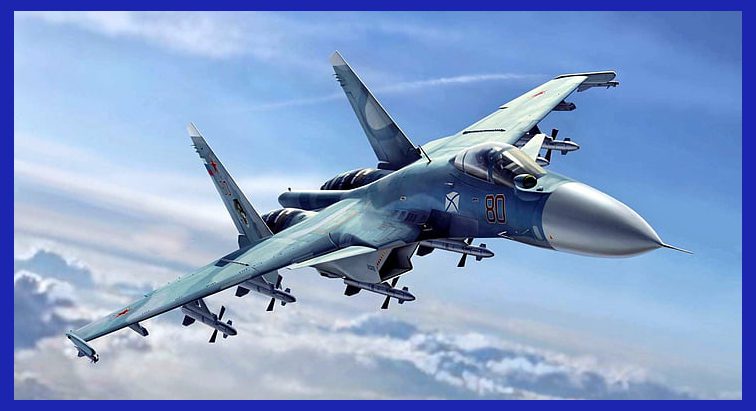
The Sukhoi Su-35 Flanker-E Technical Specifications
- Crew: 1
- Length: 71 ft 10 in ( 21.9 m )
- Wingspan: 50 ft 2 in ( 15.4 m )
- Height: 19 ft 4 in ( 5.9 m )
- Empty Weight: 19,000 kg ( 41,888 lb )
- Max Takeoff Weight: 34,500 kg ( 76,059 lb )
- Payload: 8,000 kg ( 17,630 lb )
- Powerplant: 2 × Saturn AL-41F1S afterburning turbofan engines, Each engine provides a dry thrust of 86.3 kN ( 19,400 lbs ), which can be increased to 137.3 kN ( 30,900 lbs ) with the use of an afterburner. In emergency situations, the engines can generate a maximum thrust of 142.2 kN ( 32,000 lbs ).
- Max Speed: 2,400 km/h ( 1,500 mph ) or Mach 2.25 at high altitude. At sea level, it can achieve speeds of 1,400 km/h ( 870 mph ) or Mach 1.13.
- Cruise speed: 1,170 km/h ( 730 mph ) / Mach 1.1+ supercruise at medium altitude
- Combat range: Approximately 1,600 km ( 990 mi )
- Ferry range: 4,500 km ( 2,800 mi ) with 2 external fuel tanks
- g limits: +9
- Service ceiling: 59,000 ft ( 18,000 m )
- Rate Of Climb: 280 m/s ( 55,118 ft/min )
- Armament: 1 × internal 30 mm Gryazev-Shipunov GSh-30-1 autocannon with 150 rounds
The Su-35 is equipped with a total of 12 hardpoints, capable of carrying different combinations of guided missiles. These hardpoints have a maximum payload capacity of up to 8,000 kg ( 17,630 lb ), allowing for the transportation of various combinations of munitions such as R-27, R-73, R-77, R-37 air-to-air missile / Kh-29, Kh-31, Kh-35, Kh-58, Kh-59 air-to-surface missile / KAB-500 and KAB-1500 series laser-guided bombs.

Furthermore, seize this exclusive opportunity to acquire the exquisite large-scale 1/72 scale premium diecast model of a Sukhoi SU-35S Flanker E “Aggressors.” These remarkable and iconic military jets, widely acclaimed as the epitome of advanced interceptors with an impeccable track record of zero losses, are now available for purchase on AirModels with worldwide delivery. Do not let this chance slip away to own these exceptional and meticulously crafted models that flawlessly encapsulate the essence of aviation history. Click here now to secure your piece before the limited stock is depleted.
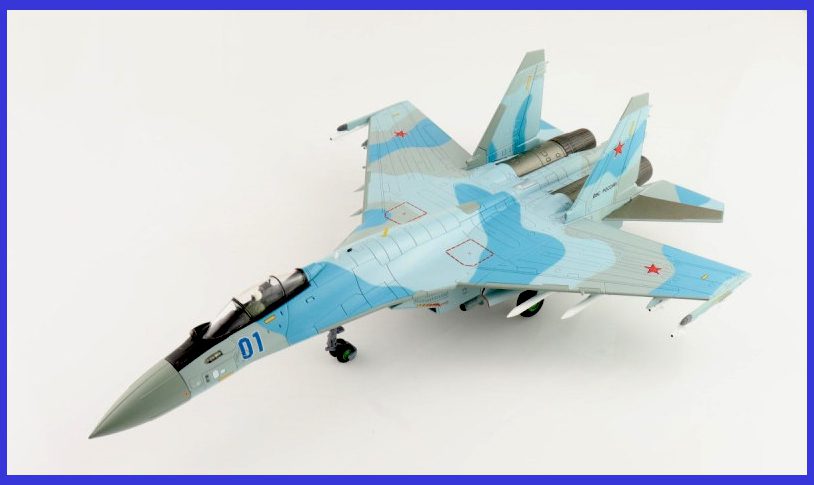
In conclusion, the development of the Su-35 fighter jet stands as a testament to the unwavering pursuit of excellence in aerospace engineering. With its cutting-edge design, advanced materials, and relentless attention to detail, the Su-35 embodies the very essence of power, precision, and technological superiority. From its lightweight composite airframe to its thrust-vectoring engines and integrated avionics systems, every component has been meticulously crafted to unleash a force to be reckoned with in the skies.
The Su-35’s development represents a milestone in the evolution of fighter aircraft, showcasing the indomitable spirit of innovation and the relentless drive for dominance. As it takes flight, the Su-35 commands attention and instils awe, standing tall as a symbol of unparalleled strength and an embodiment of the future of aerial warfare.
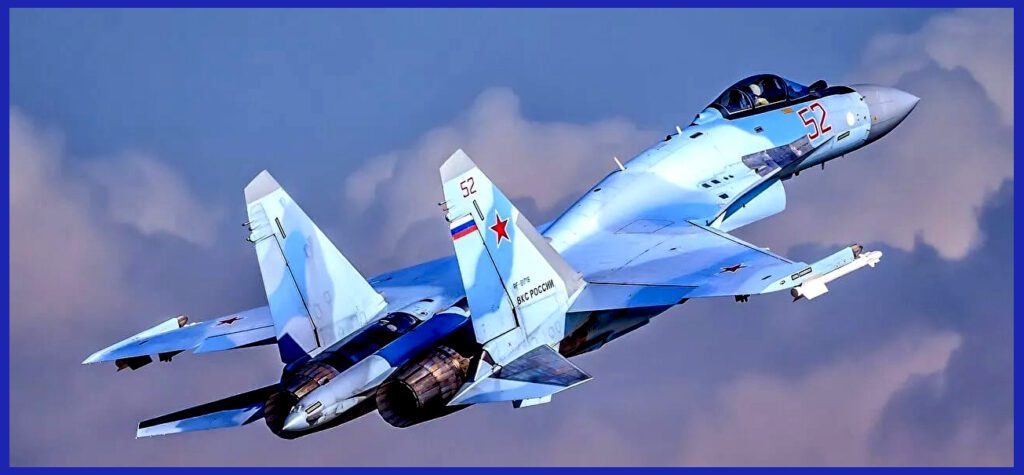
Important Announcement for Our Valued Readers!
After an article is published, it is possible that updates or changes may have occurred beyond the time of publication. Therefore, it is important to be aware that certain information in the article might be outdated. To ensure the most accurate analysis, it is highly recommended to verify the content with the latest sources available.
However, we are dedicated to delivering outstanding articles on military products and global updates. Maintaining quality and smooth operation requires resources. Your support sustains our efforts in providing insightful content. By purchasing high-quality products through our affiliated links, you help us keep our platform alive and acquire top-notch items. Your unwavering support is invaluable and inspires us to strive further.
We welcome your suggestions and requests for more information, as we value feedback from our readers. If there’s specific defence material or equipment not covered on our site, please share your request in the comments. We’ll strive to research and provide the required information. We sincerely thank you for your unwavering interest in our website, and we eagerly anticipate hearing from you! Enjoy your reading experience!
